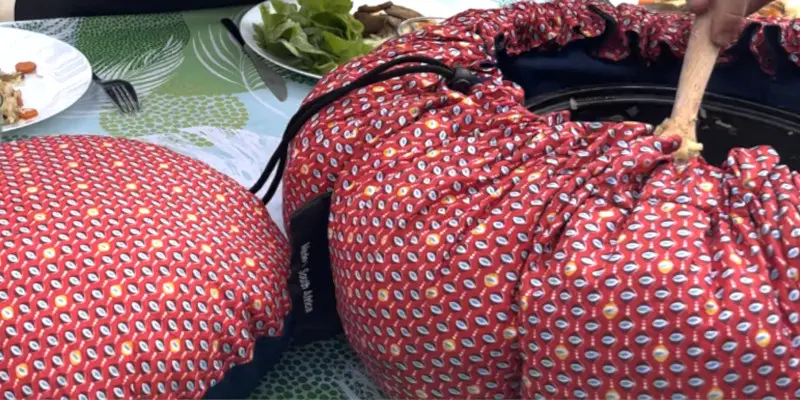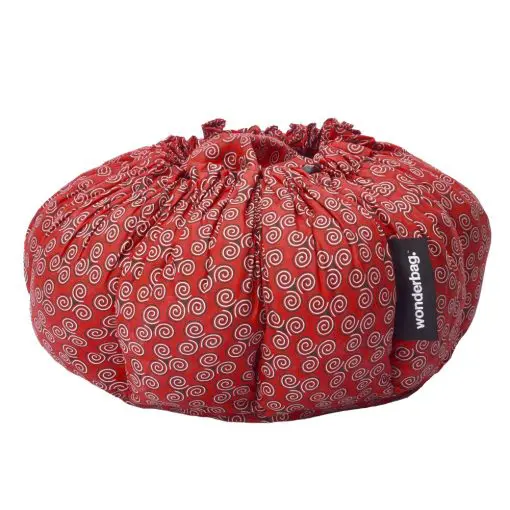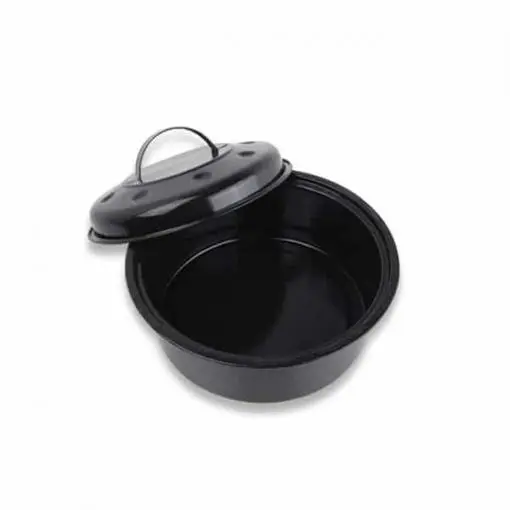News
The Norwegian pot: how does it work?
The Norwegian pot: how does it work?
The Norwegian kettle is more than just a kitchen utensil or a cooking pot, it hides under its lid an ancient, original and environmentally-friendly cooking process. The idea is to bring food to the boil on an electric, gas, wood or solar stove and finish cooking without energy input or supervision, while retaining the heat very efficiently. The Norwegian kettle is easy to use, very practical and saves a lot of energy: it can be used in any household and can also be very useful when camping. In this article we’ll look at how a Norwegian stockpot works and how to get the most out of it for cooking: enjoy your reading!
Operating principle
The Norwegian pot is an insulator that allows cooking to continue without additional energy input, using the age-old principle of heat retention. Thermal insulation maintains a constant temperature over long periods of time thanks to three principles:
– By eliminating convection, i.e. heat loss due to contact with external air.
– By avoiding losses due to conduction, i.e. the transfer of energy from hot to cold parts of your container.
– By capturing thermal radiation and therefore losses due to energy transfer via waves.
This technique works with all foods immersed in a liquid base.
The Norwegian pot can also be used:
– To keep already-cooked dishes warm for several hours, use a container with a tight-fitting lid.
– As an icebox, adding an ice tray and tea towels to absorb condensation around the airtight container.
– As a yogurt maker.
Norwegian pot cooking method
Cooking takes place in two stages. First boil the food using conventional cooking methods, then transfer the container to the Norwegian kettle: cooking is then completed safely, without supervision or any other energy input.
Preheating food
The first stage begins with conventional cooking (wood-burning, induction, gas, solar). The aim is to store as much heat as possible inside the container. The food is brought to the boil, then left to simmer for a few minutes before transferring the container to the Norwegian pot. The pot must be tightly closed to ensure good thermal insulation.
Extended cooking time
Food is gently cooked in the Norwegian pot by the heat contained in the vessel alone. At a constant high temperature, food cooks on its own. Cooking takes much longer than conventional cooking, but requires no supervision: it’s impossible to burn food. This cooking method saves up to 70% energy compared to conventional cooking!
Cooking time
Here’s an overview of cooking times with a Norwegian stockpot:
| Food | Minimum time classic cooking |
Minimum time in the Norwegian pot |
| Poultry and bone-in meats | 15 – 20 minutes | 2 hours |
| Tender, boneless poultry and meats | 10 – 15 min. | 1 hour |
| Rice and cereal products | 5 minutes | 45 minutes |
| Pulses (dried beans, lentils, chickpeas) | 15 minutes | 2 – 3 hours |
| Root vegetables | 15 minutes | 1 hour |
| Vegetables | 5 minutes | 1 hour |
Tips & Tricks
Here are a few tips for successful cooking of your meal:
– If your dish has cooled down before you put it in the pot, reheat it until it boils.
– Start by experimenting with cooking small pieces, then gradually move on to larger pieces once you’re familiar with the cooking time for food in the Norwegian pot.
– If your pan is full, cooking will be more efficient.
– If your container is too small, fill the empty space around it with a towel or tea towel.
– You can place a cork trivet at the bottom of the pot to protect the fabric from burning.
– After each use, aerate the pot to avoid moisture and mould.
To conclude
Practical and easy to use, the Norwegian stockpot is more than ever back in favor in today’s kitchens, for reasons of economy, energy efficiency and taste. To try it is to adopt it: so enjoy your cooking and your appetite!






